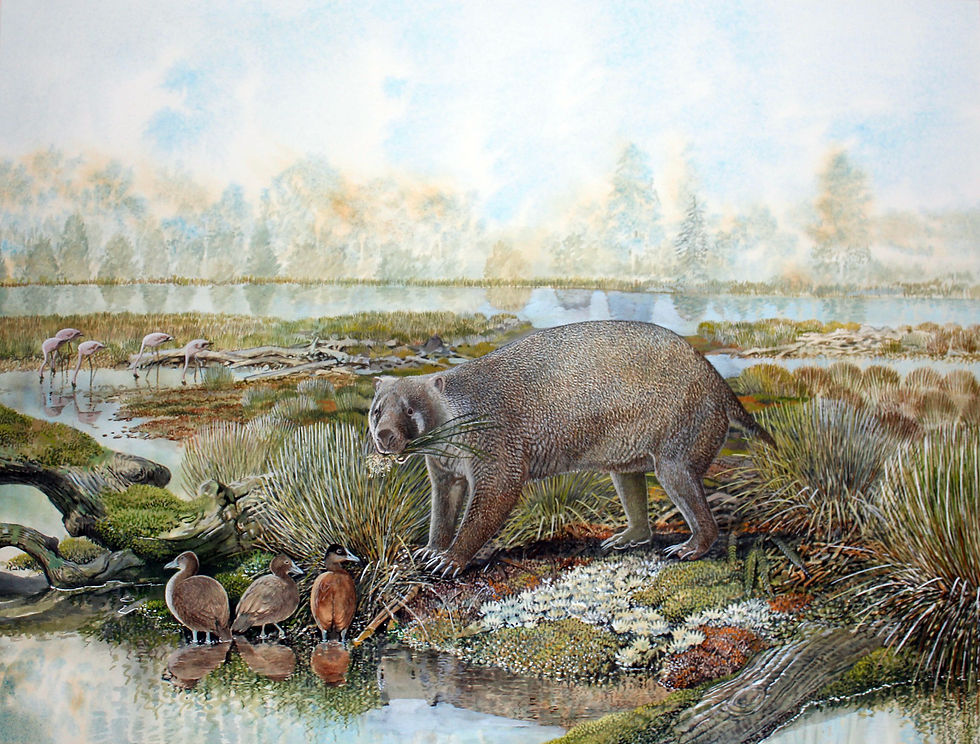Cray-zy for Tadpoles: Frogs Adapt to Crayfish Invasion in 14 Years
- Poppy Simon
- Sep 14, 2020
- 2 min read
Scientists have revealed that some populations of the Italian agile frog have adapted to the introduction of an invasive crayfish species in just 14 years (1).

A team of researchers from the University of Milan, who in 2003 discovered that the tadpoles of the Italian agile frog develop differently depending on their habitat (2), have now shown that this adaptation has been disrupted by an invasive crayfish that was introduced just a year after the initial study.
In their earlier paper, the authors revealed that tadpoles developed differently in laboratory conditions depending on whether or not they came from lowland or upland sites. Tadpoles from mountain foothills, which are colder, reached metamorphosis sooner than those from lower altitudes. This is thought to be an adaptation to colder temperatures tending to lead to slower development; that is, the upland frogs have evolved a faster intrinsic development time to counteract the cold, therefore when raised in similar conditions, they develop faster than the lowland frogs, who haven’t had to adapt to the cold.
So the frogs have evolved adaptation between populations in response to an environmental pressure, in this case climate, but what happens when another selective pressure is introduced? Just after the authors' initial paper, in 2004, the invasive American red swamp crayfish, which preys on tadpoles, was introduced to the area. This creates a very strong selection pressure for faster development, because the less time spent as a tadpole, the less likely the frog is to get eaten, since the crayfish prey on tadpoles but not fully-formed frogs. Those frogs that metamorphose quicker are therefore more likely to survive and reproduce, passing their fast-developing genes on to the next generation.
In 2003, the tadpoles from the foothills had already evolved faster metamorphosis as a result of adapting to their colder environment, but the lowland ones hadn't. By 2018, however, there was no longer a significant difference in development time between lowland and upland frogs; instead, tadpoles from invaded sites metamorphosed an average of 10 days earlier than those from uninvaded sites. Since the crayfish invasion was most intense in lowland areas, where the frogs historically had slower development times, this strongly suggests that the faster development time in invaded sites is indeed due to the crayfish invasion.
This is fascinating potential evidence for very rapid evolutionary response, given that it happened over a time frame of just 8-14 years, or 3 to 6 generations, but it waits to be seen whether the loss of intraspecific variation will have long-term negative effects on the population.
Melotto, A., Manenti, R. & Ficetola, G.F. Rapid adaptation to invasive predators overwhelms natural gradients of intraspecific variation. Nat Commun 11, 3608 (2020). https://doi.org/10.1038/s41467-020-17406-y
Ficetola, G. F. & De Bernardi, F. Supplementation or in situ conservation? Evidence of local adaptation in the Italian agile frog Rana latastei and consequences for the management of populations. Anim. Conserv. 8, 33–40 (2005). https://doi.org/10.1017/S1367943004001805




Very interesting post I love reading your posts. Nicholas